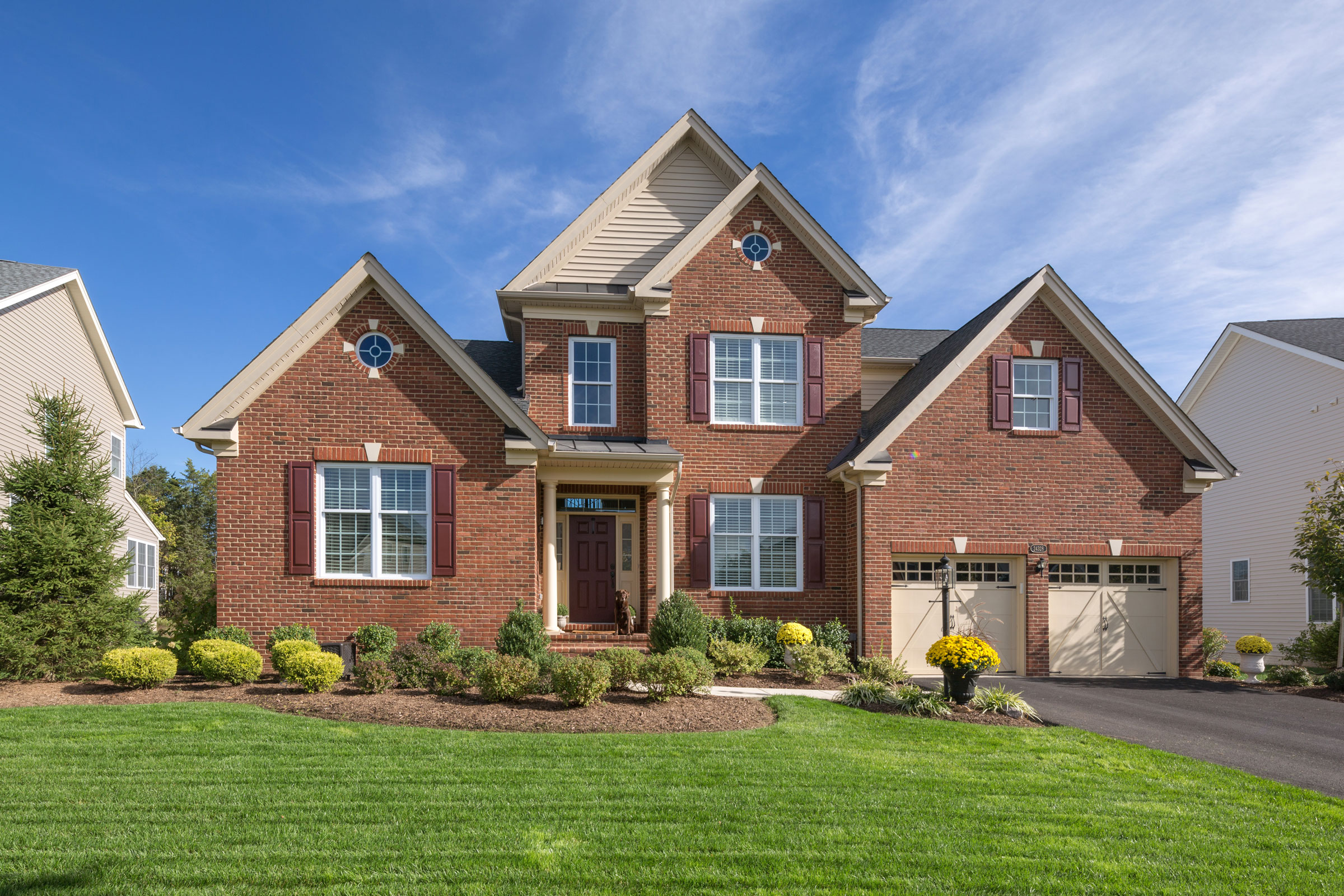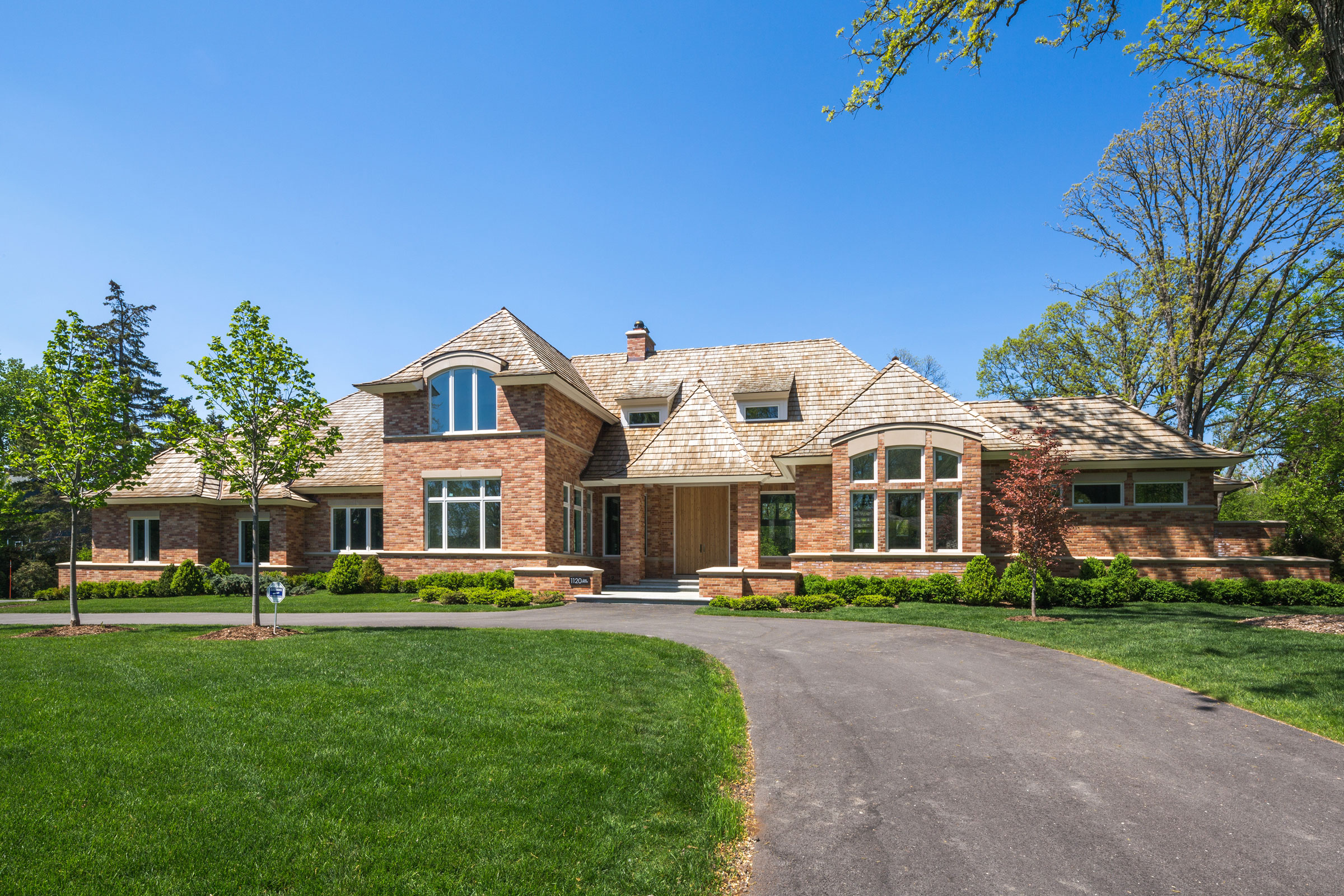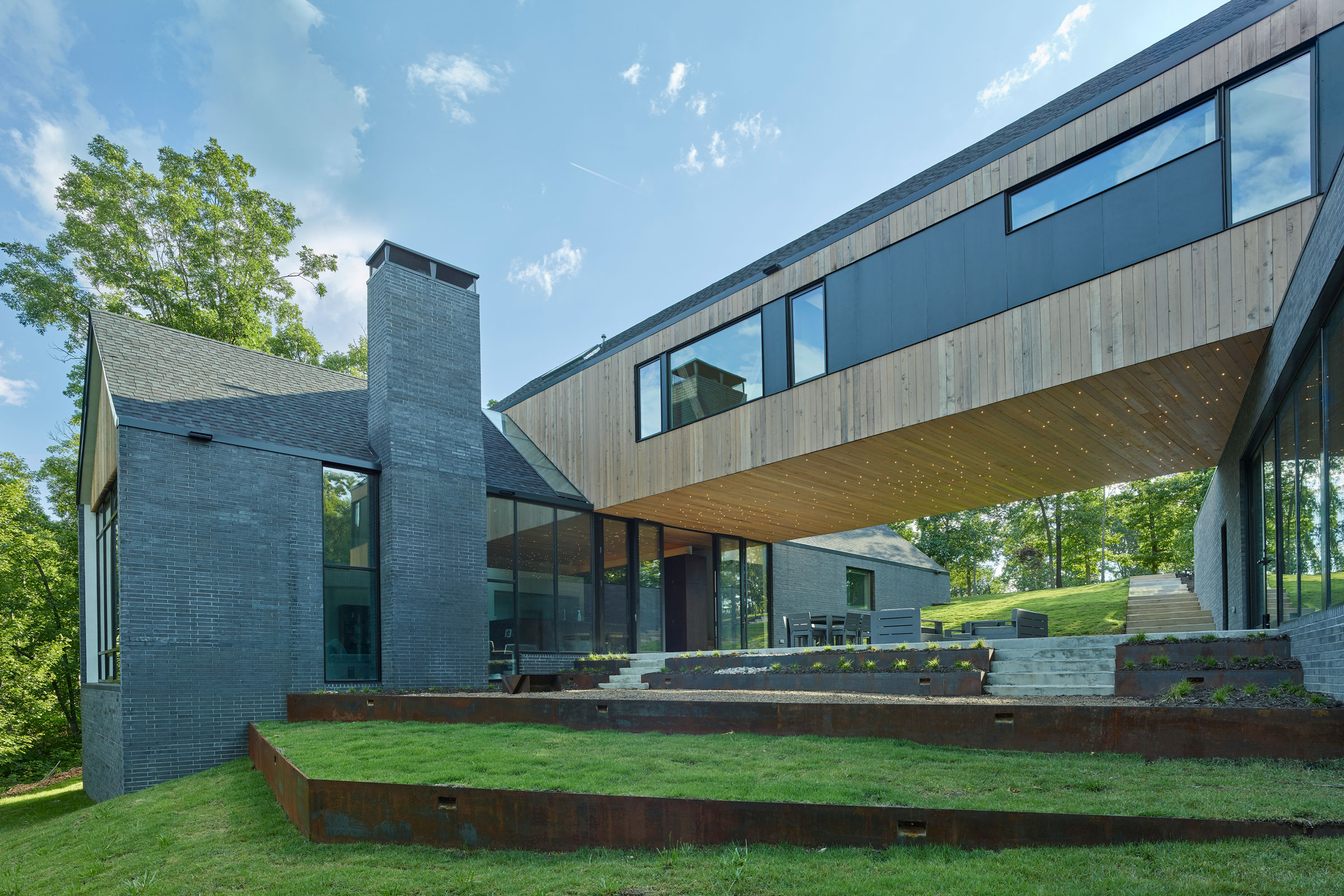Story at a glance:
- Avoid VOCs by using brick masonry, inherently non-VOC emitting.
- Cut down on noise using bricks between rooms or outside to reduce exterior noise.
In 2021, there is a greater focus on sustainability from businesses and consumers alike. Sustainable home design is at the forefront of many homeowners’ minds as they update spaces or build new houses. There’s a renewed fervor to recycle and reuse with pre-existing products while identifying healthier options for new products.
Sustainable home design using brick makes good green sense, as brick has been a popular choice for nearly 10,000 years. It offers long-term savings in costs, eco-friendly benefits, and versatile design options for any aesthetic. Homeowners who want to be more eco-responsible don’t need to sacrifice beauty, style, or versatility to create a greener home. These are some of the benefits of prioritizing sustainable home design using brick.
Energy-Efficiency

Photo by Donna Chiarelli
Whether through the creation of a brick itself or the efficiencies offered by building a brick home, brick is energy-efficient.
As technology advances, Green Building Elements reported brick kilns have improved by using approximately 70% or less energy to create a brick compared to those used 50 years ago.
Bricks have inherent thermal properties because the clay from which they are made is a high-density material. They can absorb and store heat energy in both the summer and winter to better cool and heat a home, in turn helping to minimize large peaks and dips as a home’s temperature fluctuates, instead averaging out extremes.
However, when bricks are used they also contribute to both energy performance and a reduction of energy costs because of both thermal mass and air space. Glen-Gery notes that more than 43% of home energy bills are attributed to heating and cooling a home. By utilizing a brick, more than 43% of home energy bills are attributed to heating and cooling a home. By utilizing brick, homeowners are able to cut those bills by up to 50%.
Building with bricks enables a home to be both increasingly energy-efficient while having virtually no emissions.
Healthy Building Material

Photo by Donna Chiarelli
Characterized as an environmentally sensitive material, bricks are made from naturally abundant shale and clay. Bricks breathe and allow water to escape, which is especially beneficial to alleviate moisture issues. These are valuable benefits for those more greatly impacted by acute allergies, asthma, or who have a sensitivity to weather.
As the Brick Industry Association noted, since brick masonry can be used on the interior of a building, serving as structure and/or a finish without the need for paints or coatings, the volatile organic chemicals (VOCs) avoided result in improved indoor air quality. Brick masonry is an inherently non-emitting material and meets VOC criteria without any special testing, unlike other finish materials. So homeowners can literally breathe easier knowing the air they breathe is healthier.
Easily Reused or Recycled
Brick is easy to repurpose or recycle. When a product is able to be reused, its lifespan is lengthened and the energy used to manufacture it is dispersed across a longer time period, contributing to greater energy efficiency.
Not only is brick almost entirely recyclable, but it’s a building material that can be retained when a building undergoes a full renovation. Building codes further support reuse as an exterior cladding material in other buildings when the bricks retain their original properties and have their structural capacity intact.
Brickworks, the parent company of Glen-Gery, reports that the reuse of building materials commonly saves about 95% of embodied energy that would otherwise be wasted.
Not only are bricks a popular building material because of their sustainability attributes, but they offer added benefits to homeowners themselves while enabling vast flexibility to create the desired design aesthetic.
Noise Canceling

Photo by Donna Chiarelli
Offering superior sound insulation and noise cancelling properties, brick can be used between rooms or from outside to cut down on exterior noise. In turn, homeowners can enjoy a little extra peace and quiet inside.
Durable and Safe
Brick is incredibly resilient. It’s weather- and storm-proof. As a result, it’s better able to withstand the diverse weather conditions across North America from natural disasters to extreme heat in fire prone regions. Since brick doesn’t contain any organic plant matter, it’s also resistant to pests and won’t decay in hot or humid weather conditions.
Since brick is non-combustible, it helps to stop the spread of a fire, often making it an ideal building material for wildfire-prone areas and helping to protect a homeowner’s investment in their home while keeping them all the more safe. Typically, clay bricks do not suffer structural damage after a fire, and can even be reused.
Low Maintenance

Photo by Tim Hursley
Brick is resistant to signs of aging and weatherization. It does not fade, rust, or rot and brick doesn’t require any painting, coating, or varnish to maintain its aesthetic or durability, unlike other building materials. It naturally holds its color steadfastness, resulting in a maintenance-free building material and cost savings for the homeowner.
Increases Home Value
Bricks offer a better return on investment. In fact, Glen-Gery found that when building with bricks, homeowners could increase their home’s value by up to 8%—an added benefit on the additional maintenance costs a homeowner does not have to pay and the savings achieved from more stable energy costs of heating and cooling a home simply because a homeowner chose brick.
Design Versatility
Bricks are not merely functional though. They are versatile in their ability to serve as a focal point, elevate the detailing of a home, or complement a design.
Whether a contemporary, sleek and modern home, a timeless, historical abode, or something in between, brick can be beautifully used in almost any architectural style.
Homeowners can work with architects and designers to select from a multitude of finishes, colors, textures, and sizes to take advantage of style and function suited to their individual taste. With such a vast array of options, architects and homeowners alike have endless possibilities to tell a home’s design story.




